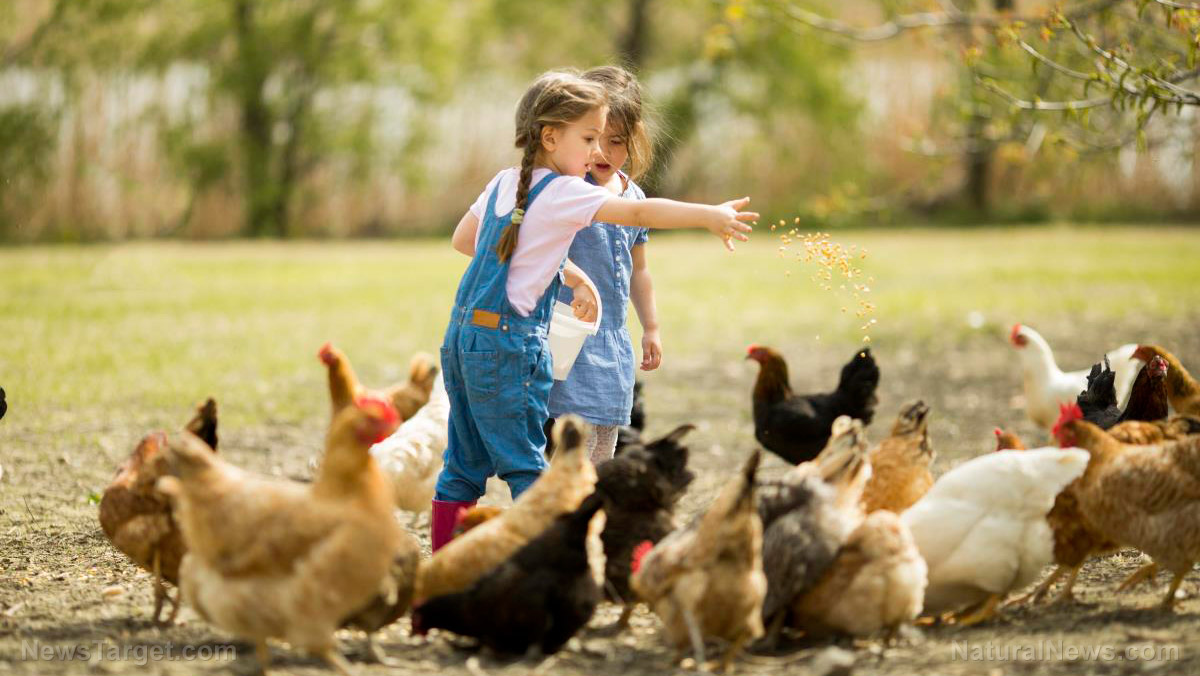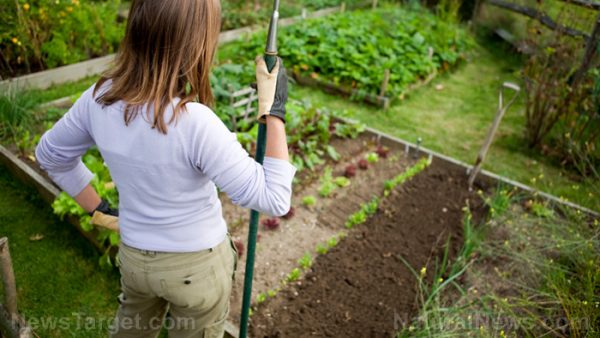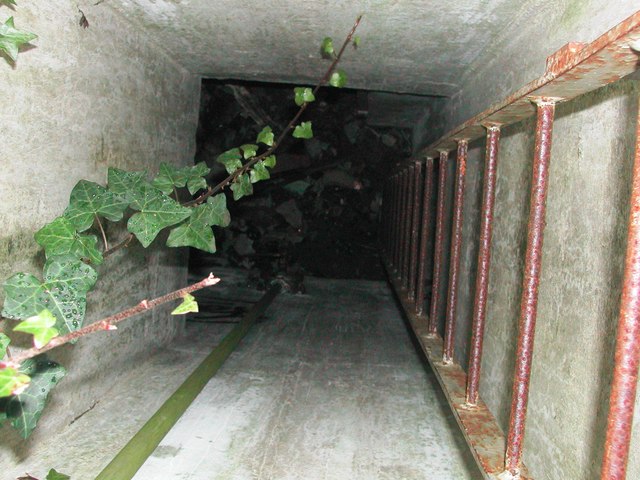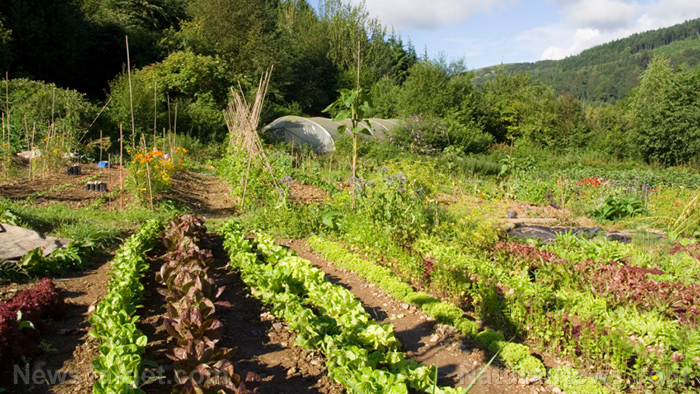HOGpocalypse taking over Texas with millions of wild pigs… but it’s also easy wild food in a collapse
11/27/2017 / By Vicki Batts

Wild pig populations in Texas are continuing to expand at a rapid pace. While this may not be the best news for farmers and landowners looking to secure their property, there is an upside to the proliferation of piggies: They are a great source of wild food.
According to Texas Parks and Wildlife, feral pigs have been reported in virtually every county in the state. Given that roughly 79 percent of Texas’s landmass is considered an appropriate environment for the hogs, it’s not surprising that these four-legged omnivores are spreading across the state.
Urban biologist Robert Johnson, who works for the city of Dallas, commented, “If you’re not already dealing with pigs, you’re going to.” Feral hogs can be costly; not only do they wreak havoc on farms while foraging for food, they’re known for tearing up lawns, hanging around highways and train tracks and pooping in terribly inconvenient places like public water supplies. Feral hogs are estimated to cost Texans a staggering $52 million annually in agricultural damage.
With an estimated two-to-three million feral hogs taking up residence in Texas, it’s clear that they aren’t going away anytime soon. While population control for these highly intelligent and adaptable creatures isn’t the easiest of undertakings, there are a variety of hunting and trapping techniques that can be employed. Many hunters and trappers sell what they catch for a profit — and for preppers, the pig population in Texas may be more of a gift than anyone else. Wild pigs make for a great source of food, especially when you’re off-grid.
Texas is known for its abundance of wild foods, as well its moderate climate. The southwestern state offers a veritable cornucopia of food options, whether they be found in the wild or grown in your own backyard. Mike Adams, the director of CWC Labs, has frequently discussed food abundance in Texas.
In 2015, the Health Ranger found a number of wild-growing fruits and herbs at a local nature park in Central Texas. There, he found swathes of wild Muscadine grapes, dew berries, bunches of horsetail herb, white yarrow and more. And as Adams noted then, he also found a variety of wild turkeys, pigs and deer. In just one afternoon stroll, the Health Ranger could have stocked up enough food for weeks!
It would certainly seem that foraging in the lush greenery of Texas comes with quite the variety. A wide variety of vegetation grows successfully (and plentifully) in the wild — but what about home gardening efforts?
The Health Ranger has also shared his own gardening and harvesting efforts in Texas, whether its gathering buckets of pears or talking about his free-range chickens.
While sustainable living is possible just about anywhere, Texas has a myriad of points in its favor. Not only is most of the environment suitable for wildlife like feral hogs (which are a tremendous food source), there’s no shortage of lush greenery and rich soil waiting for a garden. Adams states, “There are many reasons why I love Texas, and the state’s amazing array of wild foods is just one of them. Because we have so much abundance and self-reliance, we are more free than people in most other states.”
Describing Texas freedom further, the Health Ranger notes, “In Texas, you can collect your own rainwater (without even being arrested for it, go figure…), grow your own food, carry your own firearm, raise your own chickens, start your own business and practice real religious freedom. Texas even has its own power grid that can operate independently from the rest of the nation.”
Freedom in Texas isn’t just an idea, it’s a reality. Whether its hunting, gardening, fishing or foraging — you can do it in Texas. [Related: Read more stories about freedom and self-reliance at FoodFreedom.news.]
Sources for this article include:
Tagged Under: feral hogs, food self-reliance, food self-sufficiency, food supply, hogpocalypse, home gardening, homesteading, hunting, prepping, Texas, wild foods, wild hogs




















